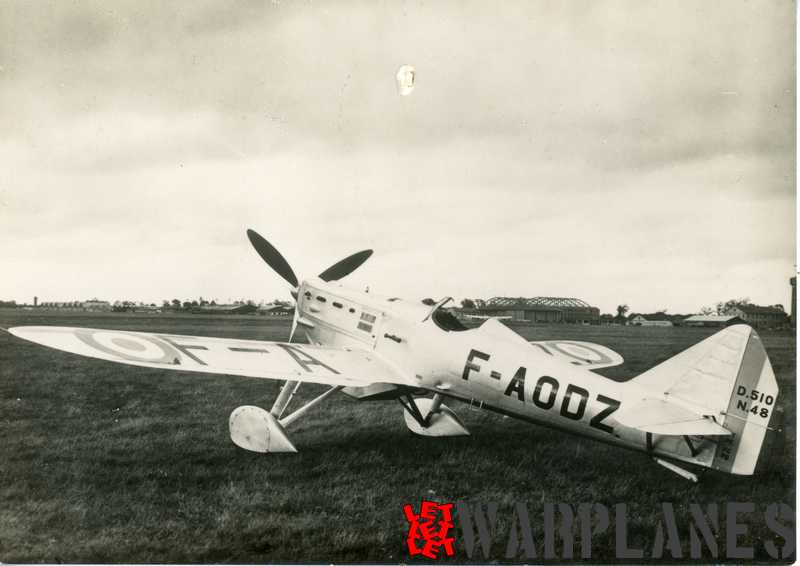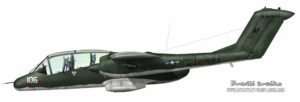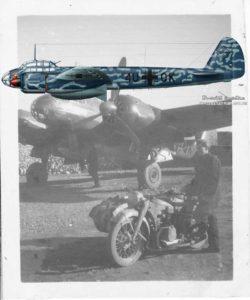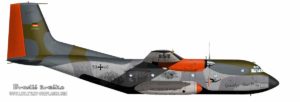Dewoitine D. 500-510 camouflage paint schemes
When delivered to the units of the Armée de l’air, from March 1935 to GC I/3 through June 1938, Dewoitine D. 500s, D. 501s and D. 510s are left in natural metal finish. Large cockades on wings and large unit insignias on the fuselage sides were then applied rendering very colorful and brilliant planes.

When the war clouds arose above the horizon of Europe at the time of the “Munich Crisis” in September 1938, it has been decided to paint camouflages on all Armée de l’Air’s planes. But as there was no defined schemes improvisation was the rule.
At the beginning, only upper surfaces were painted a dark green color and sometimes not entirely with only fuselage tops and partially upper surfaces of the wings, such as D. 501, N°234 at GC III/3, 5th escadrille. In some cases, green camouflage paint was the excuse to make some stylized rendering as for D. 501, N°251 at GC I/2, on which upper surfaces wings resembled bird wings (Escadrille des Cigognes or “Stork” Flight). Large cockades and large insignias were always present. Others had their fuselages entirely painted with only the belly left bare metal. That was so made until approximatively October-November 1939 when the new three or four-colors camouflage was applies to all planes including those in second line units. Cockades appeared on the fuselage sides and insignias were generally smaller if not simply removed.
Only one D. 501 (N°146) belonging to GCN II/4 (Night Fighter Squadron) is known to have been painted black on upper surfaces, the undersurfaces including fuselage belly being left unpainted..
Jean Claude Mermet

















